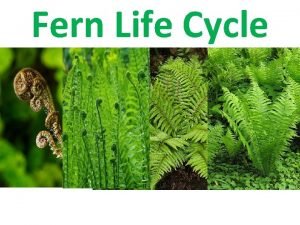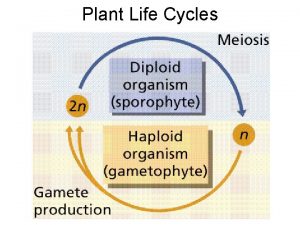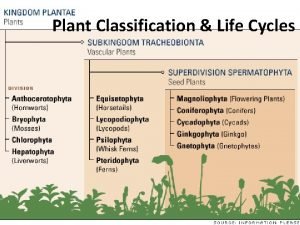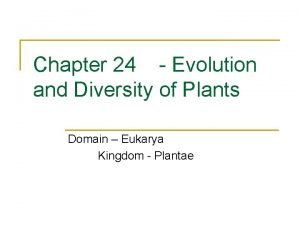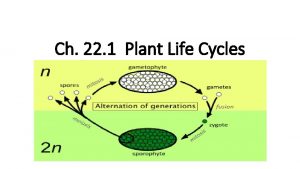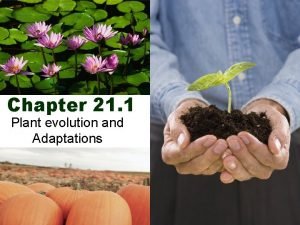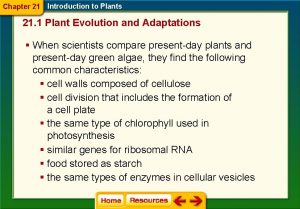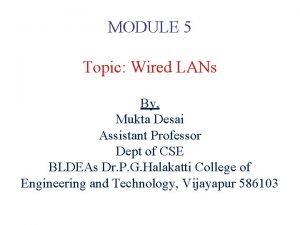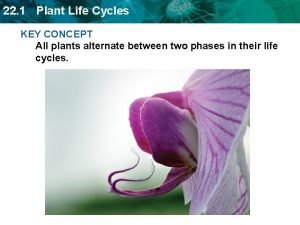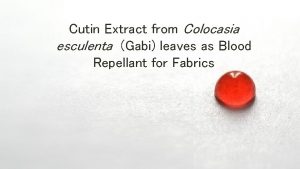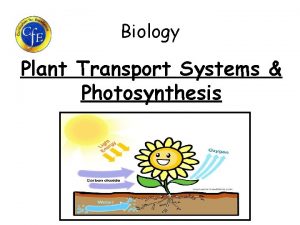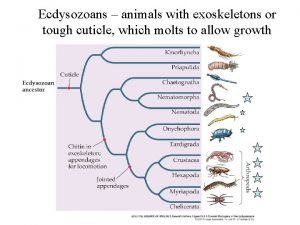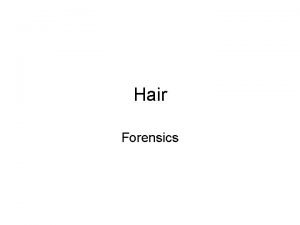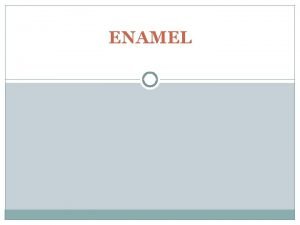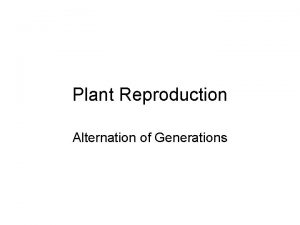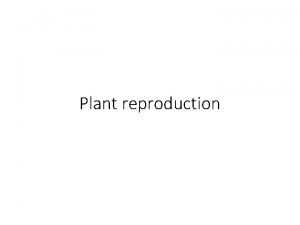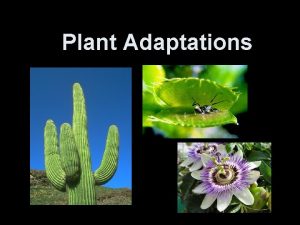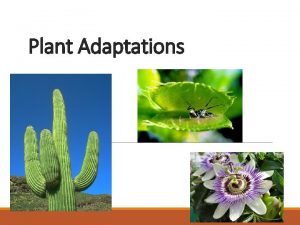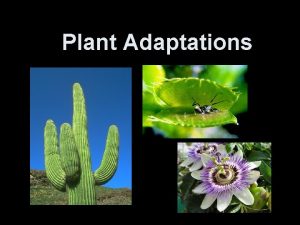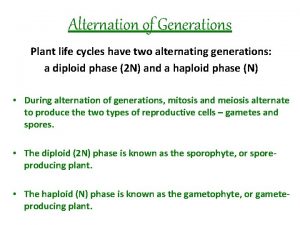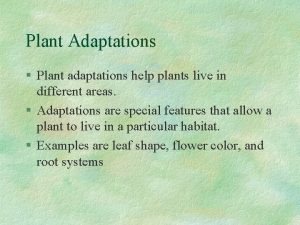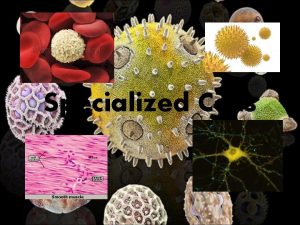Plant Evolution Adaptations Cuticle alternation of generations specialized


















- Slides: 18

Plant Evolution

Adaptations • Cuticle • alternation of generations • specialized tissues

Cuticle • Waxy coating on surfaces • resists drying out • stomata exist to allow necessary gas exchange

Alternation of generations • Plants live part of their life in a haploid stage and part in a diploid stage • haploid portion is called the gametophyte generation because it produces the reproductive cells • diploid portion called sporophyte generation because it produces spores

Alternation continued. . . • The gametophyte plant produces male and female sex organs (male and female gametangium) • eggs are fertilized by sperm to form a zygote • embryo development (seed) occurs within the female gametangium (see fig 23 -1 on p 421, 23 -5 on p 426 and 23 -8 on p 430)

Specialized tissues • Other than bryophytes all other plants have vascular tissues • xylem - conducts water and minerals • phloem - conducts food

Bryophytes • Only nonvascular plants (mosses, liverworts) • no ability to internally transport water and materials • require moist environment • live in colonies, has rhizoids to anchor it • important in soil formation

Ferns • Seedless, flowerless, vascular plants • have xylem and phloem • has alternation of generation, the common familiar leafy plant is the sporophyte generation • has a rhizome and leaves

Ferns II • Spore production occurs on places on the fronds, sporangia are formed in which meiosis occurs to form spores. • Spores are often born in clusters called sori • spores are released and if they germinate will grow into the gametophytes • method of fertilization is primitive like bryophytes

Ferns • Whisk ferns - extinct, no roots, no leaves but did have vascular system above and below ground! • Horsetails - roots, rhizomes and vertical stems

Heterospory • Homospory - one type of spore produced by bryophytes and many ferns • Heterospory - some ferns have two types of spores produced microspores (male gametophytes) and macrospores (female gametophytes) • the development of heterospory leads two the two most successful kinds of plants

Gymnosperms • Vascular, seed bearing, flowerless plants • means “naked seed” • largest division is conifers - woody cone bearing gymnosperms • leaves are called needles • most have male and female parts on same plant. Reproductive parts in cone.

Gymnosperm reproduction • Microspores and macrospores formed in separate cones • Male cones smaller than female, on lower branches • meiosis in male cone produces a male gametophyte, also called a pollen grain • carried by air current to female gametophyte

Angiosperms • Flowering, vascular plants • most successful plants • fertilization in flowering plants called double fertilization • 2 sperm involved - 1 fertilizes the egg, the other fuses with 2 cells in female gametophyte to form endosperm

2 classes of Angiosperms • Monocots - mostly herbaceous, long, narrow leaves, • parallel veination, • flower parts occur in threes, • single cotyledon (embryonic leaf), • endosperm present in seed • vascular bundles scattered

2 classes of Angiosperms • • Dicotyledons - herbaceous or woody, leaves variable in shape, netted veination, flower parts occur in 4 and 5, 2 cotyledons, endosperm usually absent in mature seed vascular bundles arranged in a circle

Plant Evolution • Bryophytes - no roots, leaves or stems, no vascular system, simple reproduction relying on water, gametophyte (haploid) dominant generation • Ferns - first vascular system, rhizomes (horizontal stems), fronds, sporophyte (diploid) dominant generation

Plant Evolution • Gymnosperms - first leaves (needles), vascular system, stems and roots, naked seeds • Angiosperms - vascular system more organized, leaves, ability to shed leaves, seed provided with nutritive tissues, flowers, more sophisticated reproductive methods
 Alternation of generations
Alternation of generations Plant life cycles and alternation of generations
Plant life cycles and alternation of generations Alternation of generations
Alternation of generations Alternation of generations
Alternation of generations Ganetophyte
Ganetophyte Plant evolution and adaptations
Plant evolution and adaptations Chapter 21 section 1 plant evolution and adaptations
Chapter 21 section 1 plant evolution and adaptations Chapter 21 section 1 plant evolution and adaptations
Chapter 21 section 1 plant evolution and adaptations Mukta desai
Mukta desai First ethernet
First ethernet Wired lans ethernet
Wired lans ethernet Ethernet evolution through four generations
Ethernet evolution through four generations A plant's life cycle alternates between and generations.
A plant's life cycle alternates between and generations. Gabi gabi plant
Gabi gabi plant First stage of photosynthesis
First stage of photosynthesis Animals with cuticle
Animals with cuticle Cuticle definition forensics
Cuticle definition forensics Enamel lamellae types
Enamel lamellae types Cuticle invasion
Cuticle invasion
